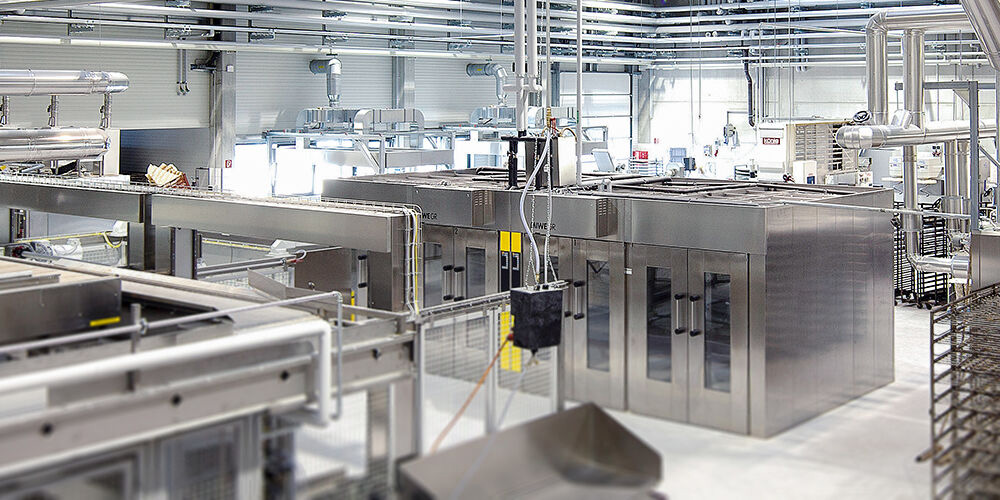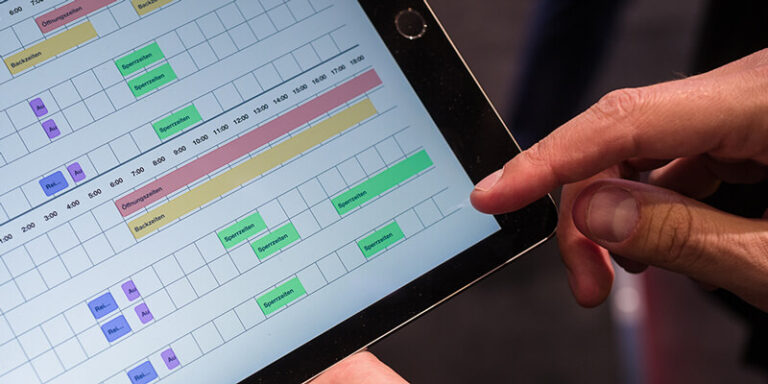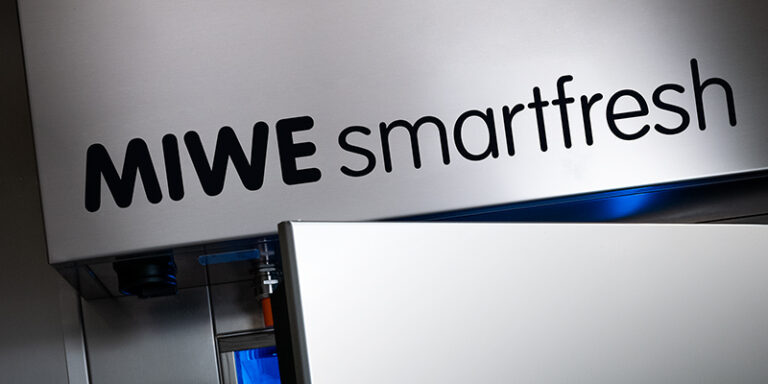

21.03.2023
A Glimmer of Hope
How a German bakery defied flood damage and reopened against all odds
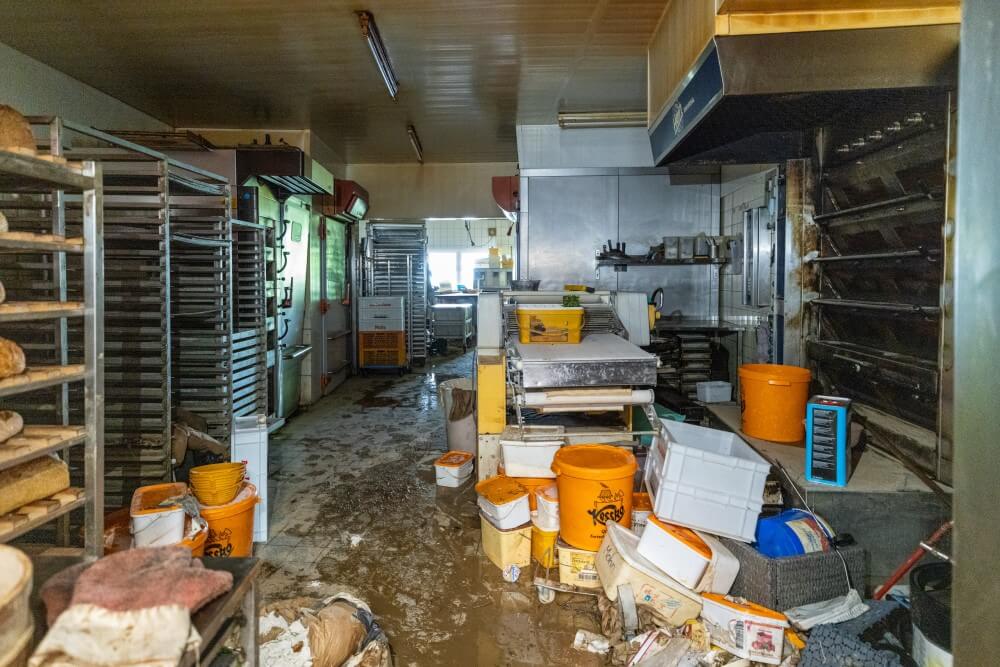
For Gisela and Ulrich Brand, this was out of the question. In 1997, they took over the business from Ulrich’s father, who had founded it in 1961. “Luckily, we were well insured – at least as far as the business was concerned”, Ulrich Brand explains. This is because his business insurance also included natural hazards such as floods. Help also came in the form of donations from the German bakery trade and the active support of friends and volunteers.
A wave of active support
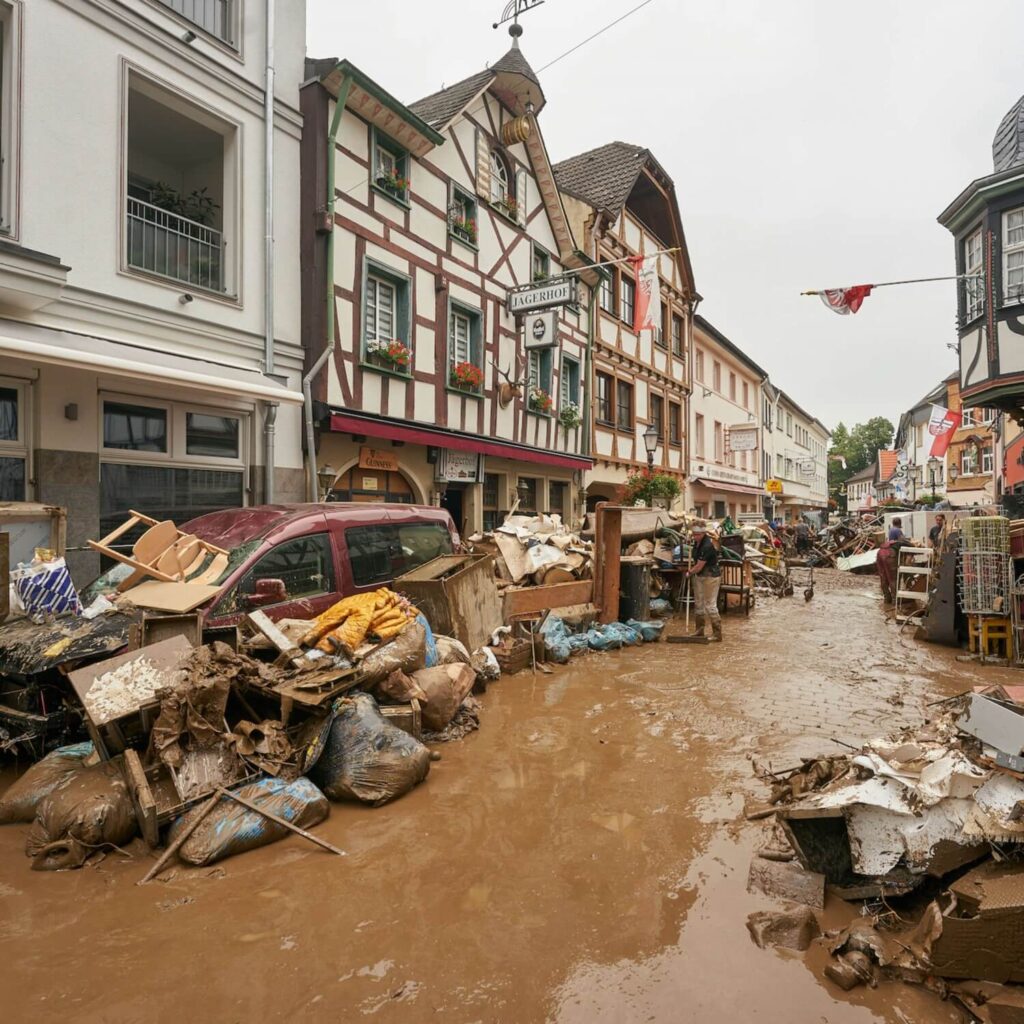
Gisela and Ulrich Brand are still amazed by people’s willingness to help. “For example, shortly after the disaster, a vehicle from the Schwarze bakery in Bennewitz, Saxony (Germany), was parked up outside, packed full of cakes”, the two recount.
Their bakery had been affected by the Elbe flooding years ago and they wanted to somehow repay the help they had received back then. The cakes were distributed to the countless helpers by the fire brigade. The Schwarze team even stayed and helped for a few days, sharing valuable tips on how to get through the difficult time.
Planning in adverse conditions
Although a good 150 metres away from the river Ahr as the crow flies, the water nearly reached the ceiling of the ground floor of Bakery Brand. “Everything was pretty much ruined”, the master baker tells us. At first, he was still hopeful about the oven, but the manufacturer advised him to replace that as well.
When asked, Ulrich Brand usually describes the situation at the time using a few stats: “We had no water for a week, no electricity for 38 days and no gas for about half a year.”
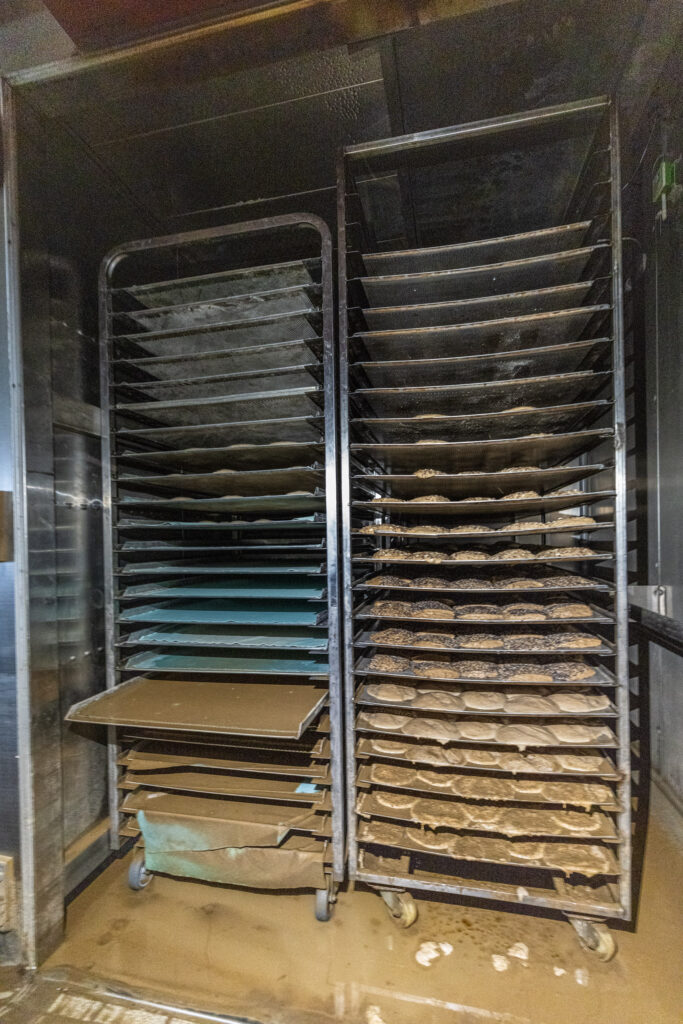
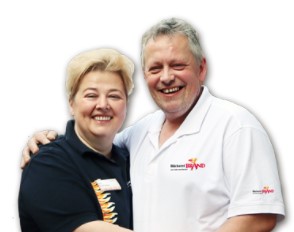
"We were quickly walking through our new premises virtually and, instead of the smell of damp and heating oil, we could almost smell the aroma of freshly baked bread again."
„Wir liefen virtuell schon durch unsere neuen Räume und statt Muff und Heizölgeruch konnten wir fast schon wieder den Duft frisch gebackener Brote riechen.“

Visualising the bakery
The MIWE planner can visualise the bakery technology three-dimensionally in the architectural environment. Unlike conventional two-dimensional plans, the user can see from every conceivable perspective how the technology fits into the room and can virtually run through the work steps in the new bakery in advance.
The MIWE planner uses building plans or your own on-site measurements. First, a two-dimensional basis is created from these and the planned bakery technology is added.
These plans are then turned into the three-dimensional view, where real backgrounds can also be incorporated. In this way, numerous details can be displayed and immediately adjusted, if necessary. Computer planning also allows different solutions to be compared and the baking processes to be run through in them.
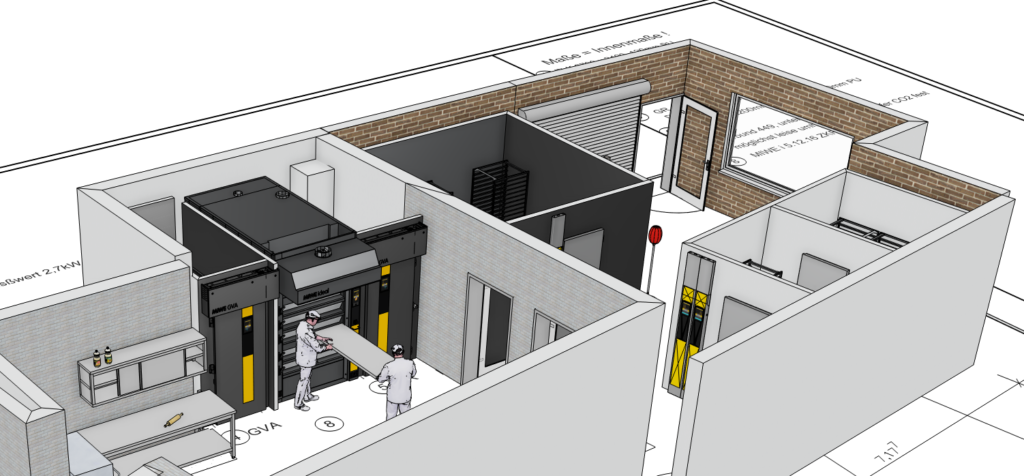
“We didn’t want to and actually couldn’t make any major changes in where we placed the equipment”, Master Baker Brand looks back. That’s mainly because the structural conditions literally dictated the framework. From a technical perspective, the bakery was set up quite well: Everything was available, from an annular tube oven, bread roll unit, refrigeration and freezer units to a biscuit machine. Three qualified baking employees and a production assistant work with Ulrich Brand in the bakery. In addition, there are five female staff members on the shop floor.
More space due to virtual planning
For insurance reasons, the new equipment had to be “at least similar” to the previous technology, as Ulrich Brand puts it. However, the freezer unit definitely needed to be bigger in order to produce and store seeded rolls and Danish pastries in larger batches. Before now, this had not been possible to the desired extent.
At the same time though, Ulrich Brand wanted more storage space for his flour because the company hadn’t had flour silos for some years.
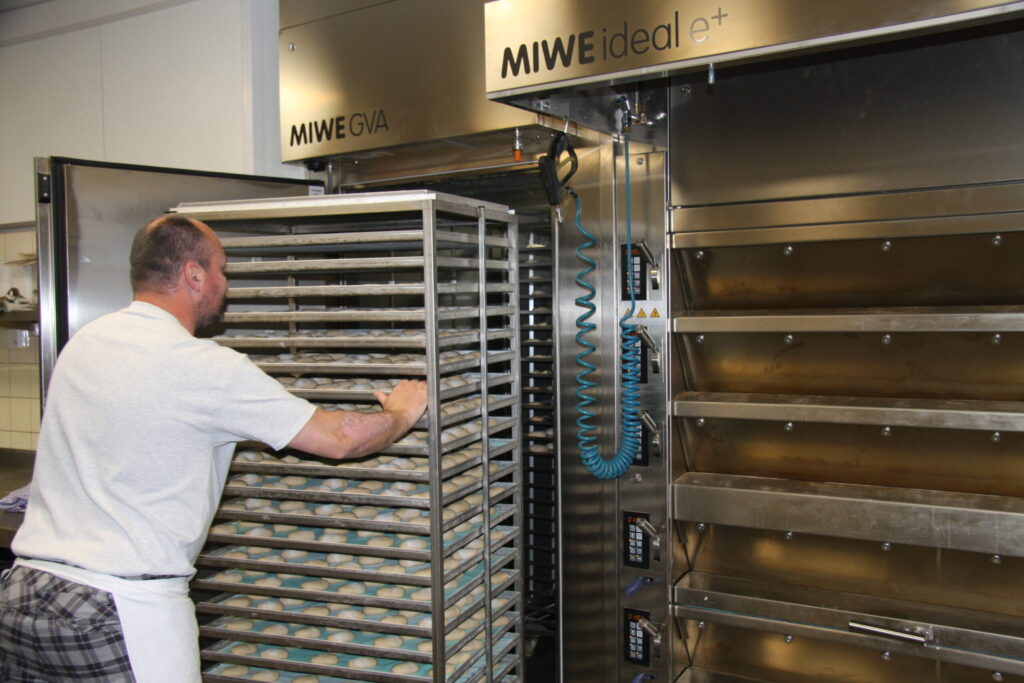
Instead, bagged goods from various mills had been arriving on pallets, including flour from France. This is used specifically for French baguettes. So, more space needed to be created despite the bakery’s seemingly fixed floor space.
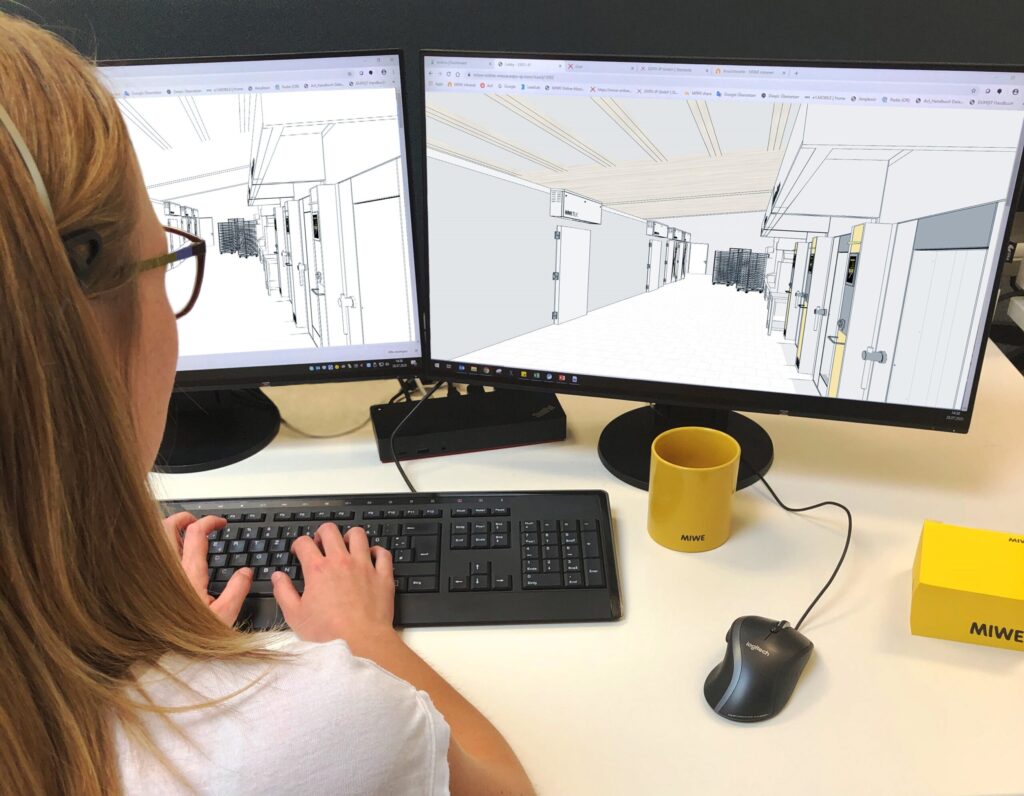
The MIWE planner turned out to be a game changer in this respect by showing what was possible. The refrigeration unit for the bakery’s raw ingredients was relocated outside at the click of a button – just virtually for the time being. The refrigeration unit’s door was docked to the bakery wall, creating space inside the building. This also meant it was closer to where the raw ingredients are needed, namely the dough-making and dough-processing steps. Ulrich Brand: “That’s the advantage of virtual planning: We could really run through the workflows on the computer.” The second refrigeration unit is also in a different place today. This allowed the freezer unit to be larger than the old system.
A flue gas oven with electric character
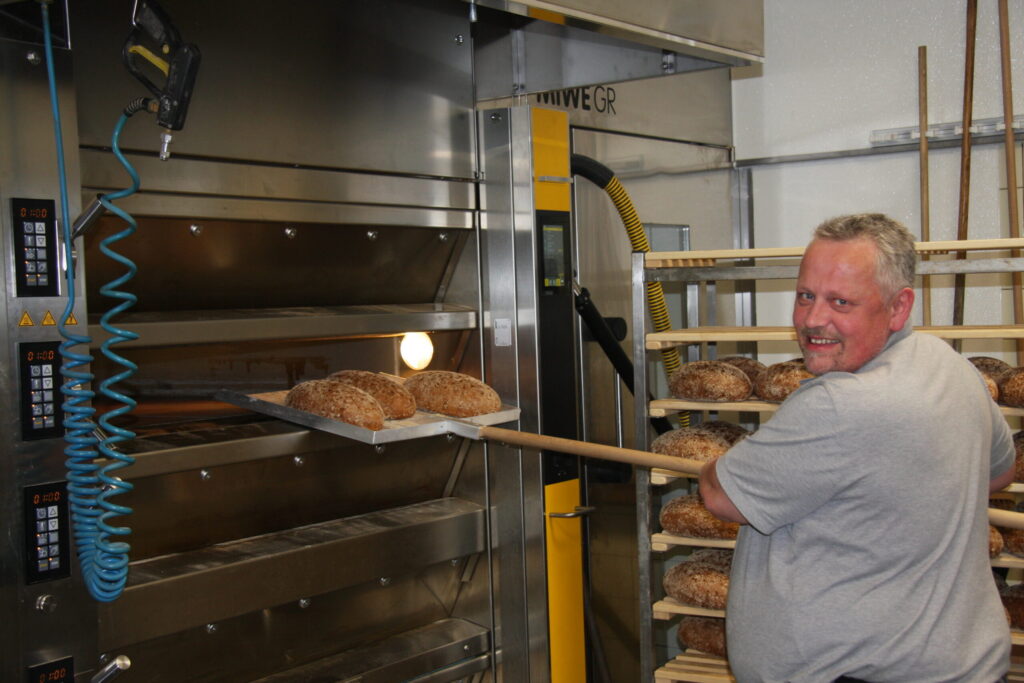
For his baking operations, Master Baker Brand initially wanted an electric deck oven. “We were used to baking everything at the same temperature from the previous annular tube oven. This meant we were extremely flexible in terms of loading.” With an electric oven, Brand saw the advantage that each deck can be controlled separately, making for highly flexible baking. Technically, however, this was not possible due to insufficient power supply levels.
For Ulrich Brand, the best alternative was the MIWE ideal e⁺: An absolute classic deck oven with flue gas technology. But “classic” is actually the wrong word. Because the MIWE ideal is constantly being developed further – always following the guiding principle of what bakers want and need. Although that brings us back to the idea of “classic”, i. e. something exemplary and successful that never gets old.
As MIWE variobake is integrated into the MIWE ideal e⁺, Ulrich Brand’s bakery team benefits from a technology that allows the temperature curve of the deck oven to be controlled very precisely. In previous deck ovens heated by flue gas, the burner only had two states: On or off, in other words, heated or not heated. This had the disadvantage that the temperature curve could only be approximately mirrored. As a result, baked goods would sometimes be “scorched” because the oven was too hot for a short time.
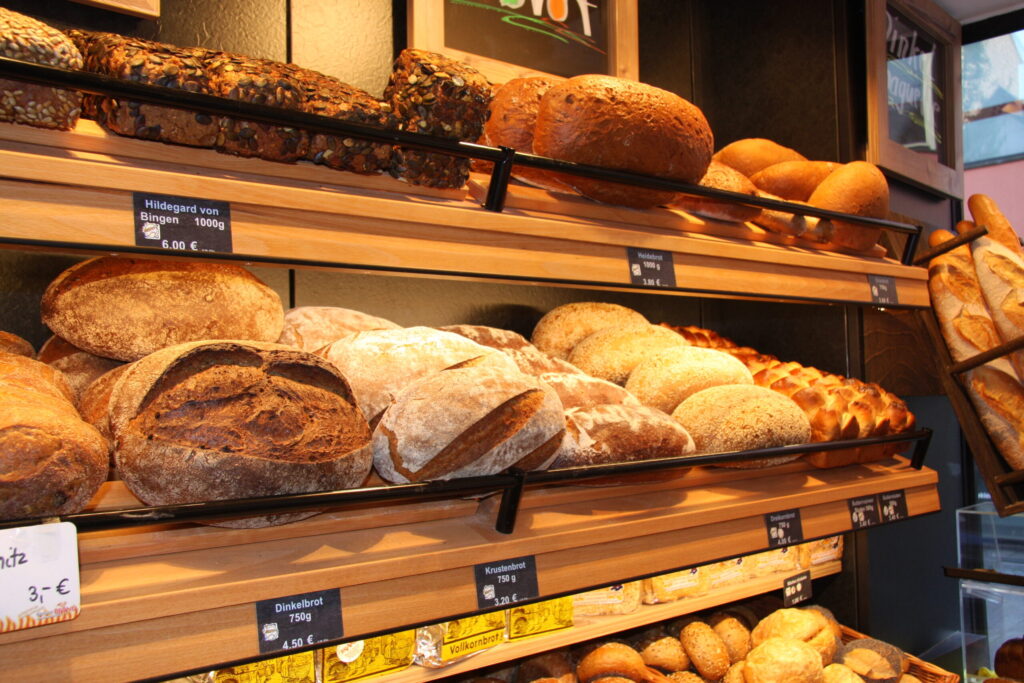
MIWE variobake enables more flexible loading
Years ago, Master Baker Brand deliberately opted for an annular tube oven because it transfers the heat very precisely and gently. However, this type of oven can only heat all the decks at one temperature. You can’t switch off individual decks. Baking at different temperatures is slowed down because the oven temperature is very sluggish. Baking is therefore usually done at a constant temperature in an annular tube oven. This is usually around 230 °C, an average value between a high loading temperature and a low finishing temperature.
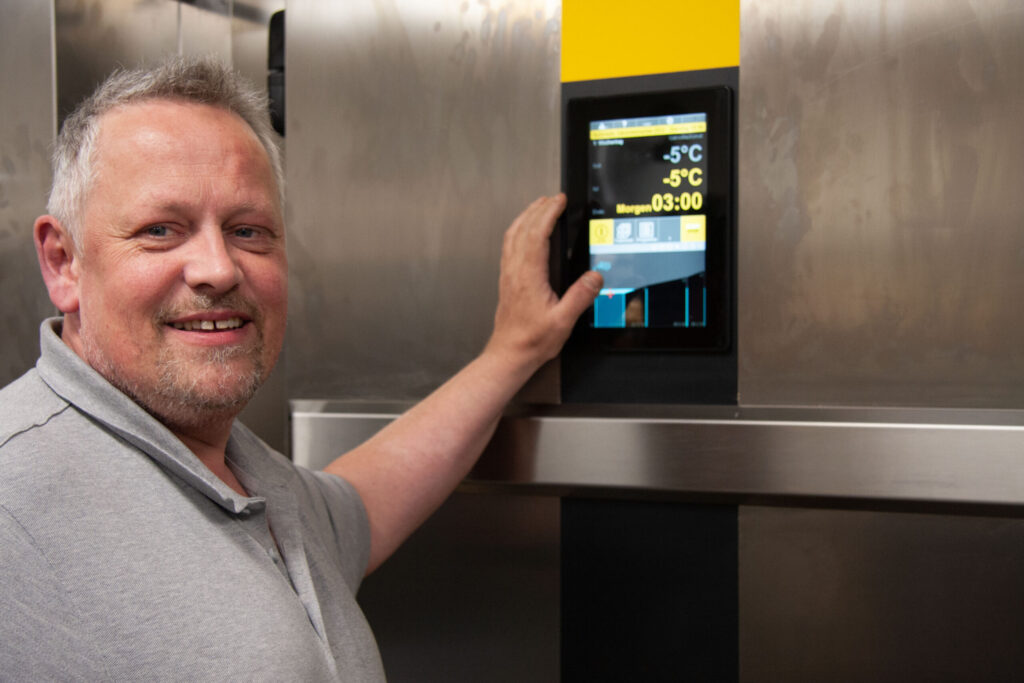
In his new MIWE ideal e⁺, Ulrich Brand also bakes almost everything at the same temperature. “We also have baking programs with other temperature curves, but the oven can be loaded even more flexibly when you bake at the same temperature”, argues Brand. This is incredibly important for him as a small business. Sometimes there are Danish pastries on one deck, while bread loaves and rolls are baking on the other decks.
Of course, the option of heating only part of the oven also saves energy. An argument that is not to be underestimated in times of exploding energy costs. If small additional batches need to be baked, this is done in the smaller deck oven MIWE condo. Otherwise, this oven is mainly used for baking patisserie and confectionery goods.
The first weeks in the new bakery have not disappointed the Brand family and their team. Thanks to the MIWE planner, Bakery Brand was able to see at an early stage what its business would look like. “And we weren’t the only ones to be motivated by that”, Brand smiles. Sales haven’t completely bounced back yet, as many previous customers such as hotels and old people’s homes have not yet reopened. “But we are well positioned”, says Ulrich Brand optimistically.
This is also because he has MIWE as a reliable partner at his side, from planning to commissioning and service.
Curious to know more? Then contact us and make your individual appointment for a live presentation about the MIWE ideal e+ and its wide range of loading solutions.
Technology for central production
From production baking ovens, including loading and transport, to bakery refrigeration technology and energy efficiency systems: our website gives you an overview of our solutions for your bakery and, of course, all the details about our technology for your bakery.
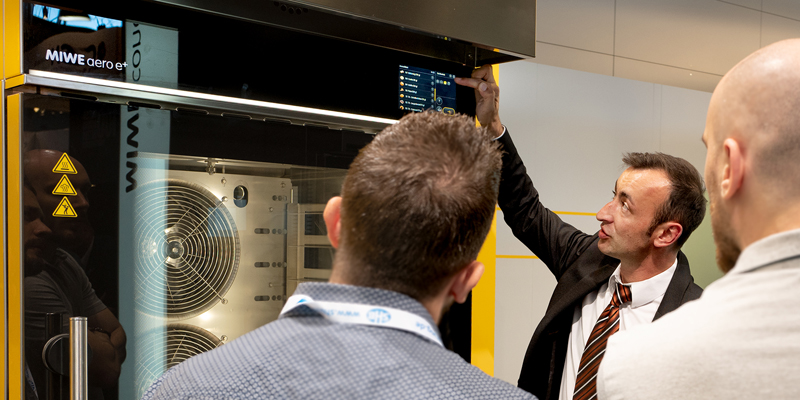
Talk to our experts
In the mood for change? Are you in the middle of making plans for your production facility, large or small? Then let’s get talking! No matter where you are at the moment or where you want to go – our planning experts will be happy to guide you along the way. We look forward to hearing from you!

